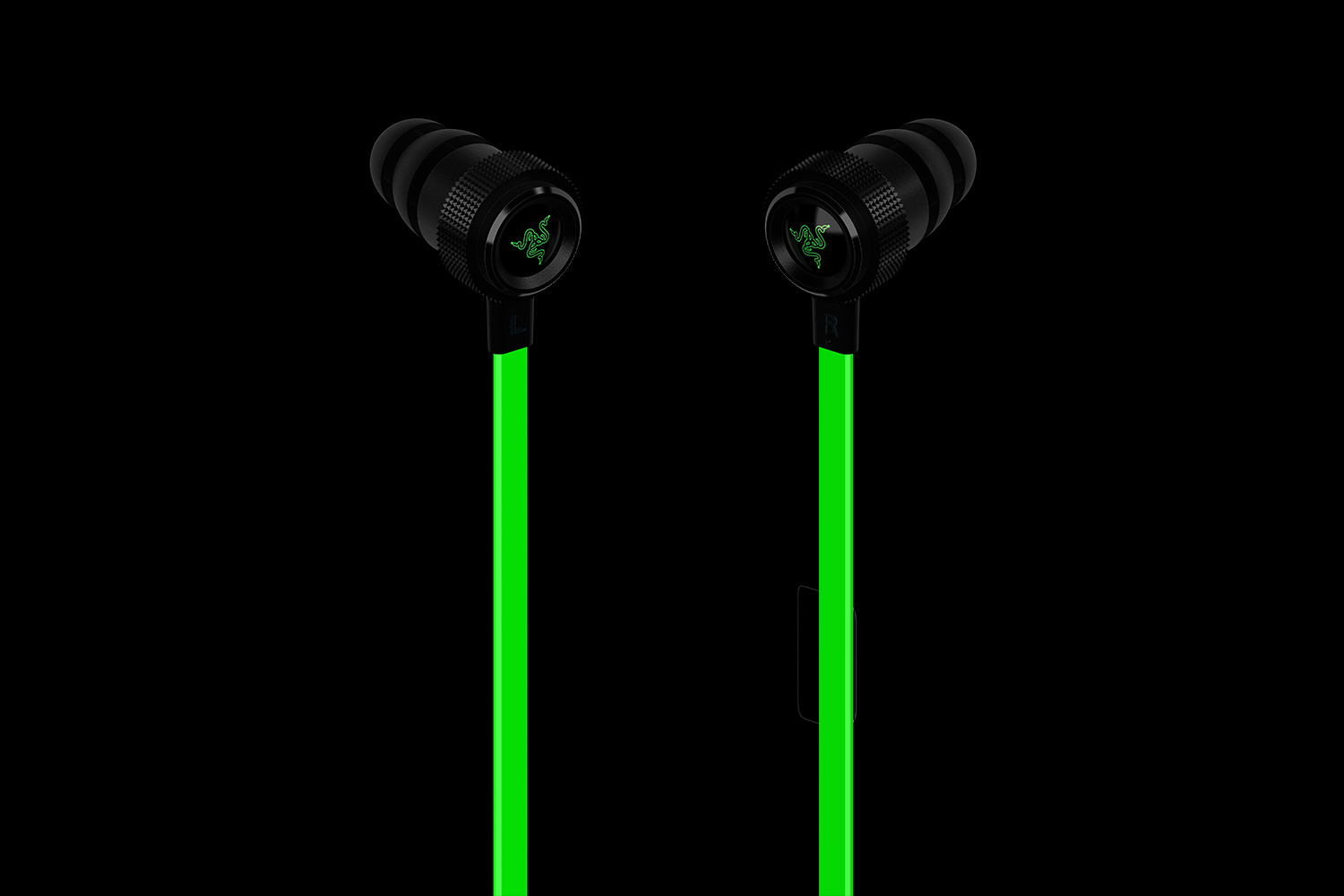The JBL Music App is the best companion software for all your JBL speakers! With it you can: - Stream music from your mobile device to any JBL speaker using Bluetooth. Tweak and tune sound performance to suit your taste by adjusting audio equalization and enabling enhancement of compressed audio (with select speakers). Take control, switching audio sources or EQ modes and even changing.
Evolution of the
- Fines and Penalties - Using a hand-held mobile phone while driving a CMV can result in driver disqualification. Penalties can be up to $2,750 for drivers and up to $11,000 for employers who allow or require drivers to use a hand-held communications device while driving.
- See full list on fmcsa.dot.gov.
From simple to smart, mobile phones have transformed dramatically to become information and communication hubs fundamental to modern life. But how did they get to be this advanced? Scroll through the timeline to see how and when phone technology evolved.
1983 - 1990
In 1983 the world got the first ever portable mobile phone in the shape of the Motorola DynaTAC 8000X. It cost an eye-watering $4000 USD and was a huge status symbol at the time. Two years later the first mobile phone call on UK soil was made, the then Vodafone Chairman Sir Ernest Harrison, the lucky recipient. In 1989 Motorola followed up the DynaTAC with the 9800X or MicroTAC, it came with a fold down keyboard cover and set the standard for the flip phone form factor seen throughout the 90's.
Features From This Era
1991 - 1994
GSM first launched in Europe 1991 with the Orbitel TPU 900 first to market, but it wasn't until 1992 that mobiles were no longer restricted to business use. Mass production paved the way for cost-effective consumer handsets with digital displays. Nokia was one of the first to take advantage of this transition, with the Nokia 1011 arriving that year.
Features From This Era
1995 – 1998
Although it only offered four colours, the Siemens S10 brought mobile phone displays to life for the first time in 1997. The same year Hagenuk launched the GlobalHandy, the first device without an external aerial. Customisation also kicked off in a big way with Ericcson offering swappable coloured front keyboard panels. The following year Nokia launched a range of ‘Xpress-on’ interchangeable covers on the 5100 series, making it the first fashion orientated phone.
Features From This Era


- Vibrate Alerts
1999 – 2002
1999 saw Nokia unveil the 7110 which was the first device to take advantage of WAP (a means of accessing information over a mobile wireless network).
A year later Sharp launched the world's very first camera phone, the J-SH04. It was only available in Japan but signalled the start of the public’s obsession with phone photography. However, it wasn’t until 2002 and the release of the Sony Ericsson T68i and its clip-on camera, that western markets started to take an interest in the camera phone.
Features From This Era
- Tri-Band Roaming
- Polyphonic Ringtones
- Memory Card
- MMS
2003 – 2006
The implementation of 3G took download speeds up to 2MBS in March 2003 with '3' the first to offer the service in the UK. RIM brought mobile email to the masses with its range of popular BlackBerry devices like the 8100 Pearl. The advent of front facing cameras in 2003 on devices such as the Sony Ericsson Z1010 meant video calling became possible, but not popular.
Features From This Era
- Quad-Band Roaming
- Full Web Browsing
2007 – 2010
Swiping and scrolling replaced the traditional button method of input. The LG Prada being the first touchscreen to market ahead of the Apple iPhone in May 2007. However, Apple proved to have both the stronger brand and superior knowledge of capacitive touchscreen's potential.
Features From This Era
- NFC
2011 – 2014
Smartphones became increasingly central to modern life, offering much more than just communication features. The UK’s first 4G service launched in 11 cities by EE in 2012 taking download speeds up to 12mbps. Voice recognition became common place first with Google Voice before Apple launched Siri into the market. Samsung added a built-in heart rate monitor to their flagship Galaxy S5 to capitalise on growth in mobile health & fitness.
Features From This Era
- Fingerprint Scanning
- Full HD Screen
2015 - 2018
The global adoption of 4G vastly improves video streaming and video calling capabilities. Screen sizes continue to grow to maximise the experience of these features, with the iPhone 7 Plus display now 57% larger than the original iPhone from 2007. Mobile payments also emerge with Apple Pay and Android Pay offering users the possibility of buying things with their smartphone.
Features From This Era
Present Day
Drivers Harman Music Mobile Phones Bluetooth
EE launches the UK’s first 5G service in 6 cities throughout May 2019. The fifth-generation network promises vastly superior data speeds and reliability, boosting ultra-high-resolution video streaming and mobile gaming. Handset design trends continue to push for an all-screen experience, with OnePlus introducing the pop-up selfie camera to its flagship 7 Pro device to do away with the notch altogether.
Drivers Harman Music Mobile Phones & Portable Devices Am Fm
Features From This Era
